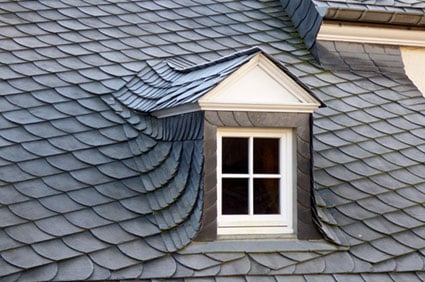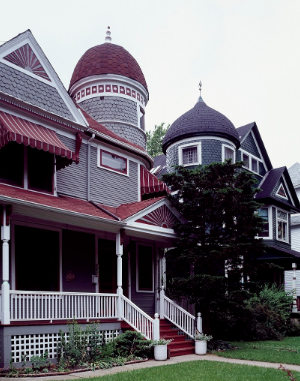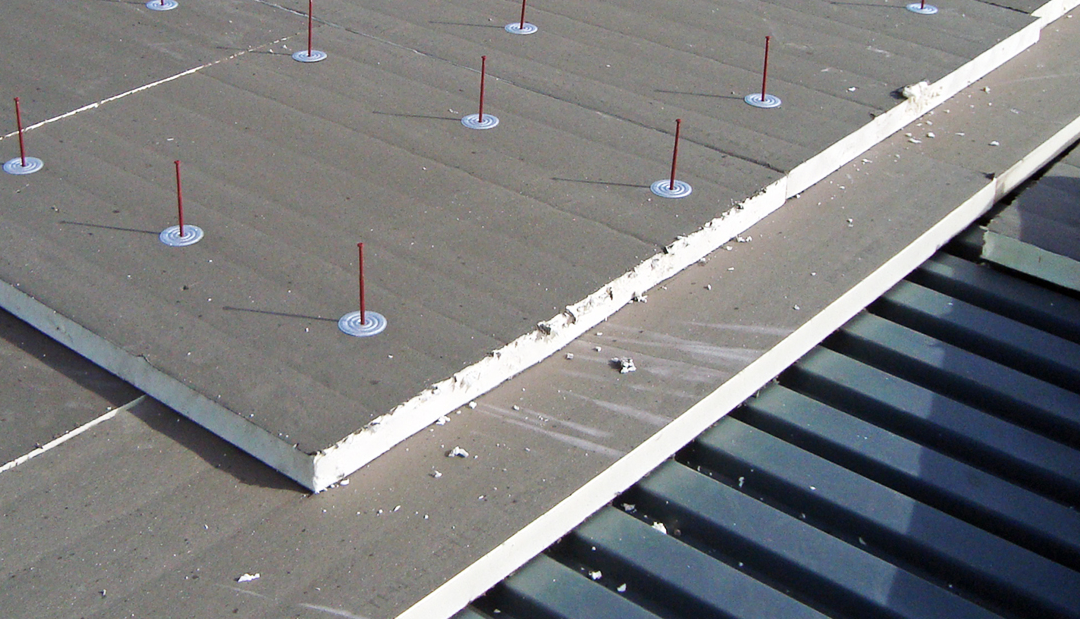Signs You Need a New Roof
Your roof is one of the most important structures protecting your home or business. Over time, even the best roofing systems wear down under the weight of age, weather, and everyday exposure. In Chicago’s climate, where harsh winters, high winds, and summer heat cycles are the norm, many roofs show signs of trouble sooner than expected.
Most shingle roofs last about 20–25 years, but in this region, many begin showing wear closer to the 20-year mark. Knowing when it’s time for a new roof can save you from costly repairs and give you peace of mind.
Here are the most common warning signs Champion Roofing experts say to watch for.
1. Your Roof Is 20+ Years Old
If your roof is more than two decades old, it’s wise to start planning for replacement. Even if there are no obvious leaks, age itself increases the risk of failure. Paperwork or home records can confirm the last replacement, but another good clue is your neighborhood: if nearby homes built around the same time are getting new roofs, yours may be due as well.
2. Damaged, Missing, or Curling Shingles
A healthy roof should look uniform. Curling edges, cracked shingles, or whole sections missing are signs of trouble. Asphalt shingles also shed granules over time, often showing up in gutters after heavy rain. If you’re finding a lot of loose grit, your shingles are breaking down. While small repairs may work on newer roofs, widespread damage usually calls for a full replacement.
3. Moss, Mold, or Algae Growth
Green or black patches aren’t just cosmetic. Moss and mold thrive in trapped moisture, and their roots can lift shingles, letting water seep into the decking. A little moss can be brushed away, but widespread growth usually signals deeper damage that requires replacement.
4. Interior Warning Signs
Some of the most serious roof issues show up inside first. Watch for:
-
Daylight shining through attic boards.
-
Brown or yellow stains on ceilings or walls.
-
Damp insulation or unexplained moisture in the attic.
These clues often mean water is getting in through weakened roofing layers.
5. Sagging or Wavy Rooflines
A sagging roofline is a red-flag warning. It often points to rotting decking or compromised structural support caused by long-term moisture. Unlike surface-level problems, sagging almost always requires urgent replacement.
6. Problems With Roof Vents and Flashing
Flashing seals the areas around chimneys, vents, and valleys. If it’s cracked, rusted, or missing, leaks are inevitable. Older cement flashing is especially prone to failure, while modern metal flashing lasts longer. When flashing starts to deteriorate, it’s often a sign your whole roofing system is reaching its end.
7. Rising Energy Bills
If your heating or cooling bills have climbed, your roof might be part of the problem. Old or damaged roofing can allow heat to escape in winter and strain your air conditioning in summer. In Chicago’s variable climate, a new roof with better insulation can make your home more comfortable while lowering energy costs.
8. When Repairs Aren’t Enough
At a certain point, patching shingles or sealing leaks is just a short-term fix. Especially once multiple issues appear, investing in a replacement is often more cost-effective than paying for repeated repairs. A professional roof inspection can help you weigh your options and make the right decision.
How Long Do Different Roofing Materials Last?
Every roofing material has a different expected lifespan. While asphalt shingles are the most common in Chicago, homeowners may see longer service from premium options. Here’s a general guide:
-
Asphalt shingles: 15–20 years
-
Cedar shakes/shingles: ~25 years
-
Synthetic cedar or slate: ~50 years
-
Metal roofing: 40–50 years
-
Natural slate: Up to 100 years
Knowing the material on your home helps you understand when replacement should be expected.
Why Roof Replacement Matters in Chicago
Replacing your roof isn’t just about stopping leaks. In Greater Chicago, a new roof also delivers:
-
Better weather protection against snow, ice dams, storms, and heat.
-
Improved energy efficiency with stronger insulation.
-
Increased curb appeal and home value, which can help if you’re planning to sell.
Next Steps
If you notice any of these signs, don’t wait until damage spreads. Schedule a professional inspection with Champion Roofing to understand your roof’s condition and explore replacement options.
Not sure if you need a full replacement or just a repair? Read our guide on when to call a roofing contractor for tips on what you can fix yourself and when it’s time to call in the pros.
.png)
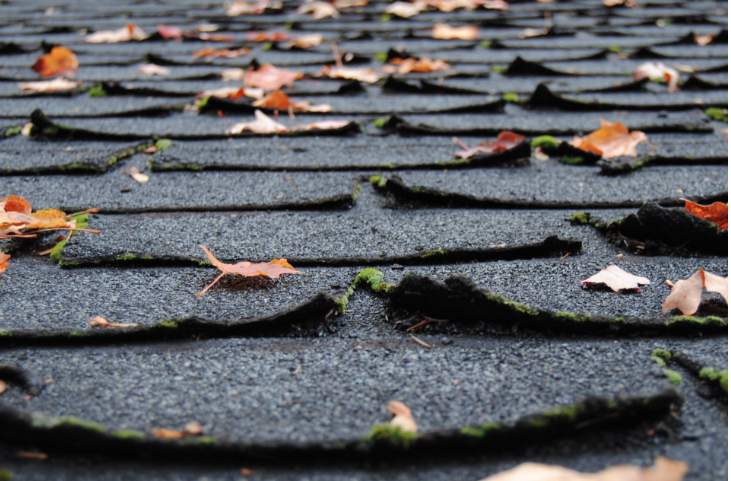
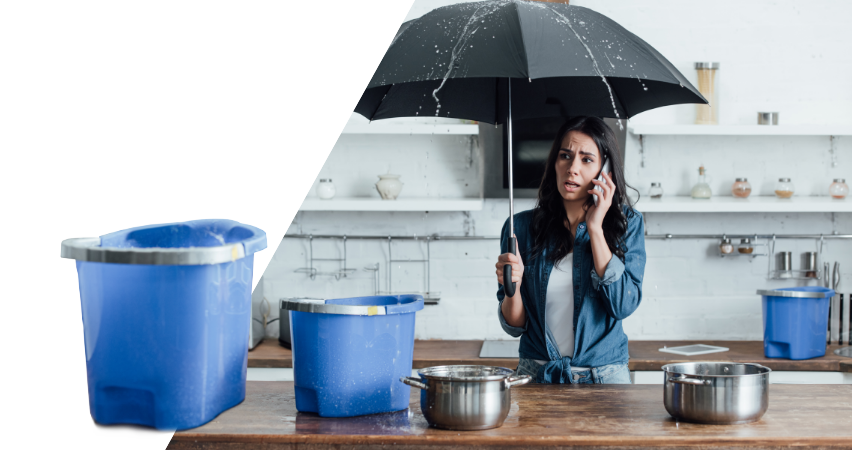
.png)
